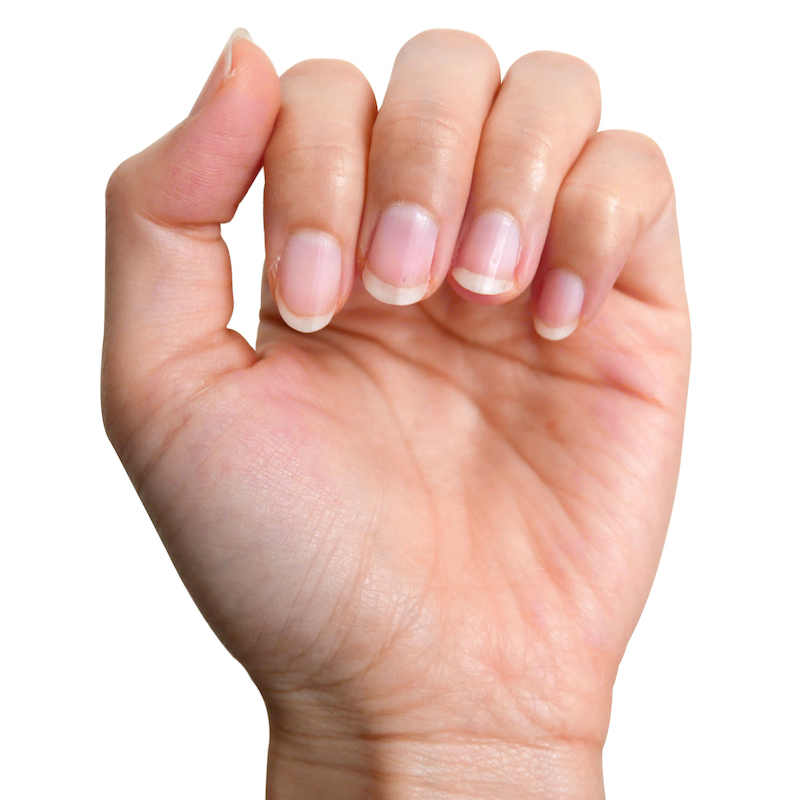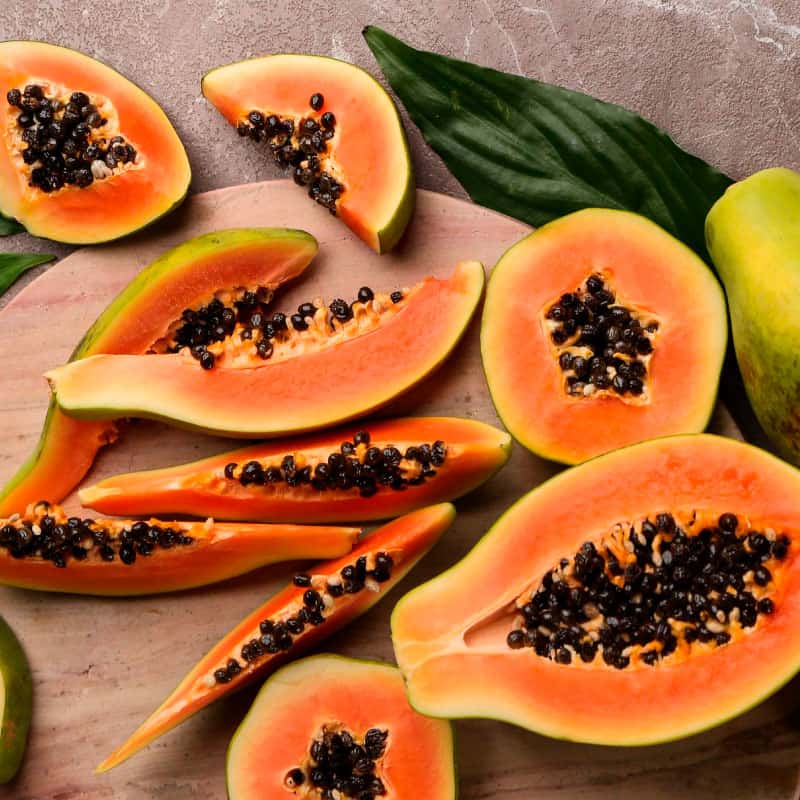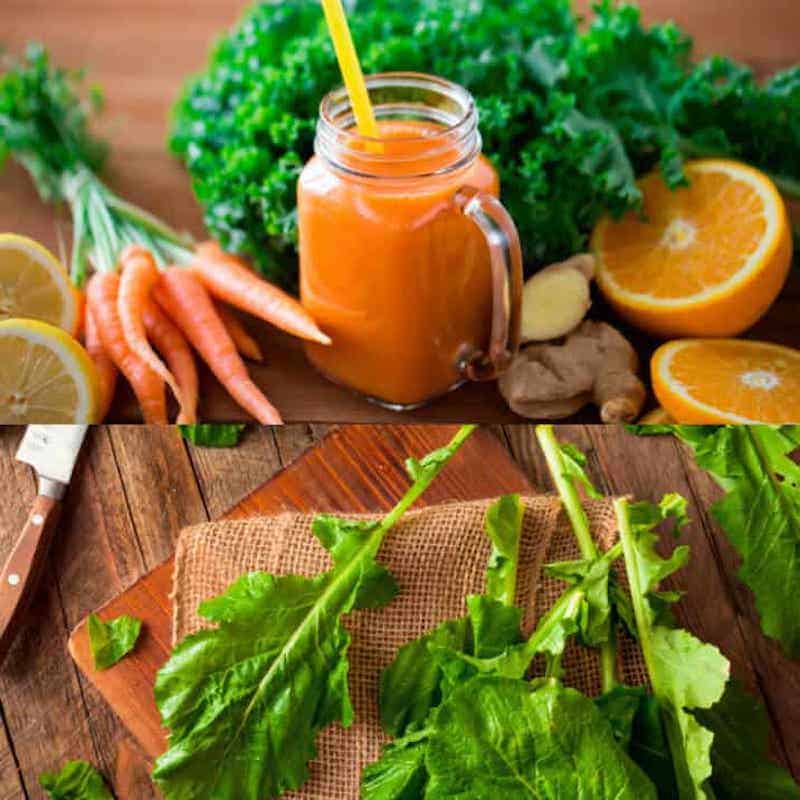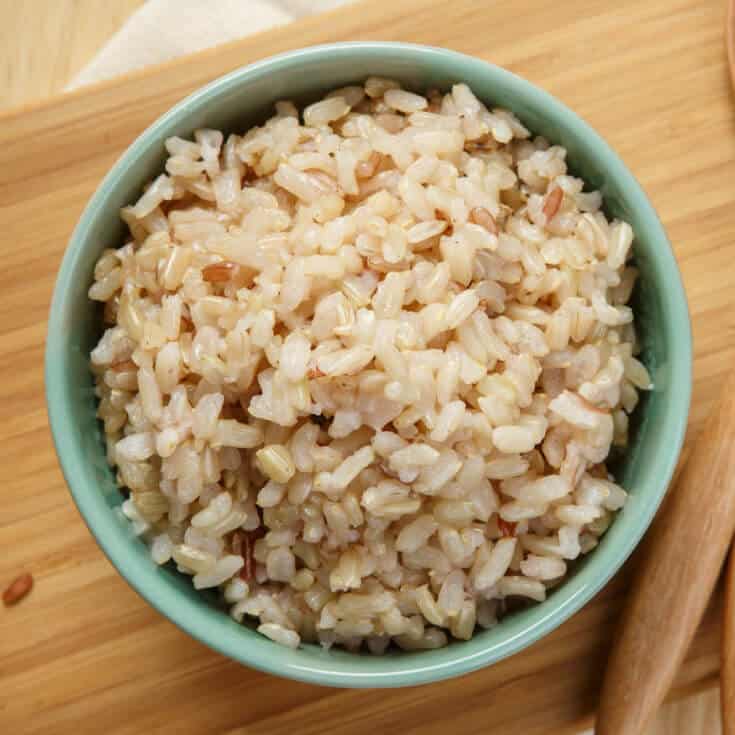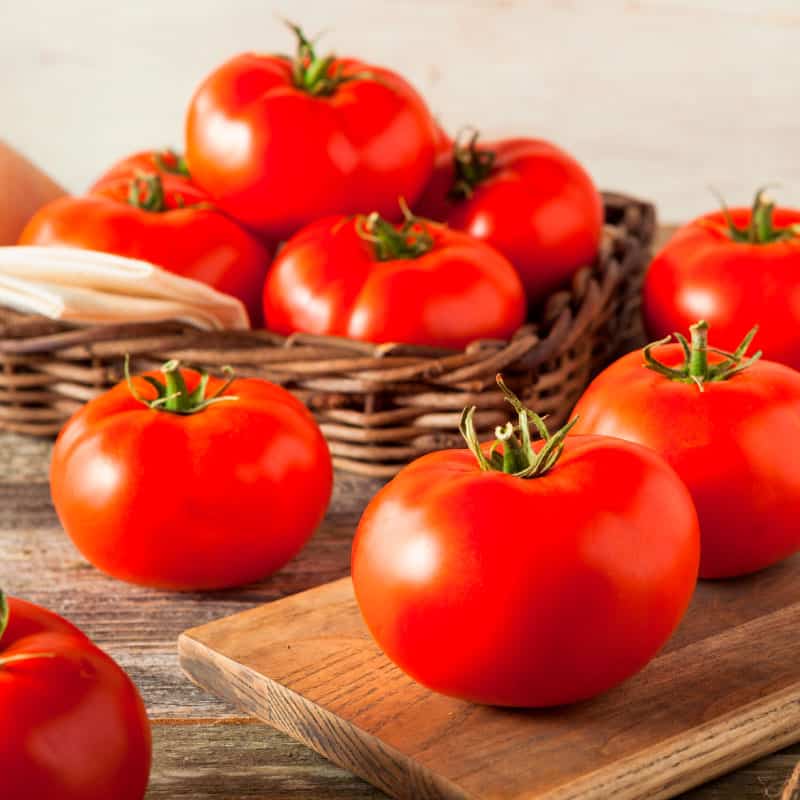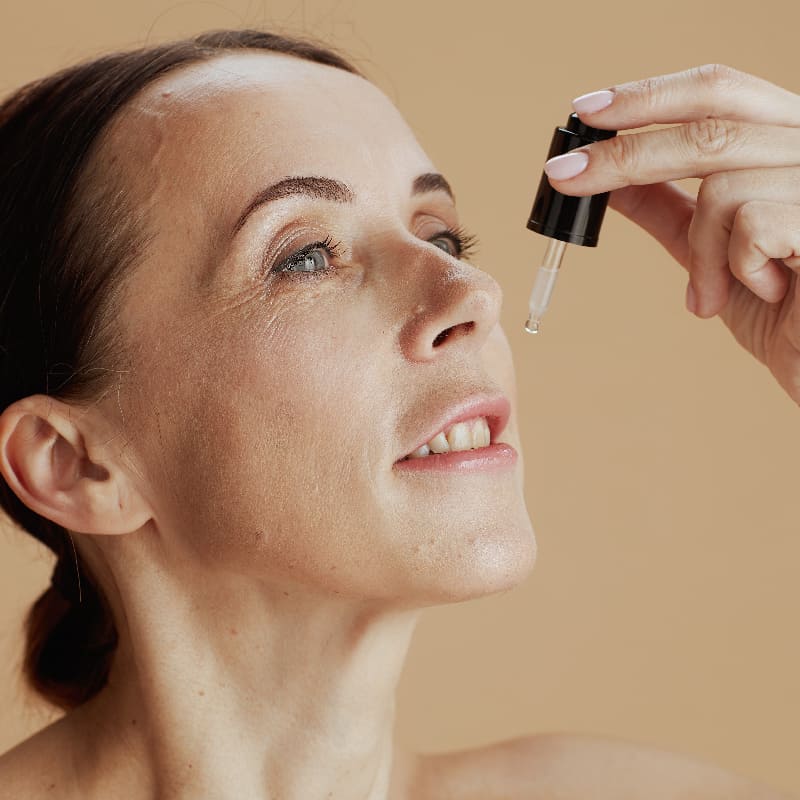This Dr. Axe content is medically reviewed or fact checked to ensure factually accurate information.
With strict editorial sourcing guidelines, we only link to academic research institutions, reputable media sites and, when research is available, medically peer-reviewed studies. Note that the numbers in parentheses (1, 2, etc.) are clickable links to these studies.
The information in our articles is NOT intended to replace a one-on-one relationship with a qualified health care professional and is not intended as medical advice.
This article is based on scientific evidence, written by experts and fact checked by our trained editorial staff. Note that the numbers in parentheses (1, 2, etc.) are clickable links to medically peer-reviewed studies.
Our team includes licensed nutritionists and dietitians, certified health education specialists, as well as certified strength and conditioning specialists, personal trainers and corrective exercise specialists. Our team aims to be not only thorough with its research, but also objective and unbiased.
The information in our articles is NOT intended to replace a one-on-one relationship with a qualified health care professional and is not intended as medical advice.
DIY Lip Balm with 5 Healing Ingredients
January 7, 2021
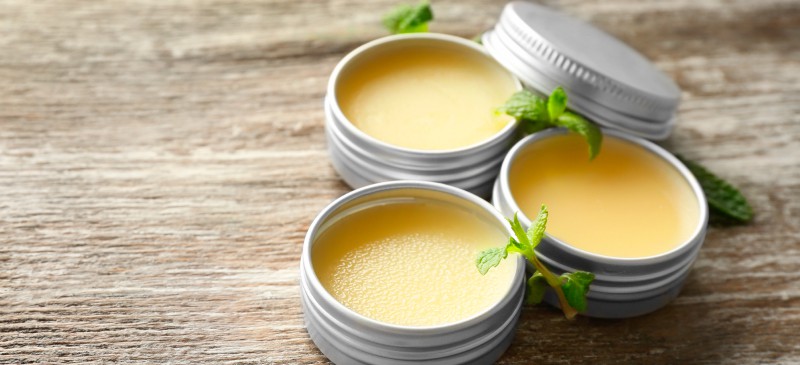
The average store-bought lip balm may moisturize your lips for a little while but often doesn’t last and often includes artificial, even toxic ingredients. In contrast, this DIY lip balm recipe provides nourishment and hydration for dry, cracked lips without the negative side effects.
Key Ingredients
- Coconut oil: Why does coconut oil work so well for skin and lips? It’s because of the saturated fats that helps the skin stay moisturized, as the fat prevents moisture loss through the skin’s pores. These fats give the skin a healthy, smooth and even tone.
- Beeswax: This amazing natural substance has the ability to protect and repair rough, dry or chapped skin because beeswax locks in moisture.
- Shea butter: One of the better moisturizers, shea butter penetrates deep into the skin, offering more moisturizing benefits while preventing windburn. It’s perfect for cracked lips and while the SPF of this sunscreen is only about 6, it can provide some sun protection in a more natural way and is perfect underneath makeup.
- Peppermint essential oil: Did you know that peppermint oil has calming, softening, toning and anti-inflammatory effects on the skin when it’s used topically? It also has antiseptic and antimicrobial properties.
- Lavender essential oil: Using lavender oil topically can help improve a number of skin conditions, from canker sores to allergic reactions, acne and age spots. Research indicates that its anti-inflammatory and antioxidant properties help ease skin conditions and reverse signs of aging.
How to Make DIY Lip Balm
Making your own lip balm is surprisingly easy. In a small pot over medium-low heat, melt the beeswax, coconut oil and shea butter.
Remove from heat and add the lavender and peppermint oils. Whisk well to distribute oil throughout the mixture.
Immediately pour into lip balm containers or chapstick tubes (which ideally are made of metal or thick glass rather than plastic). Let cool on the counter until hard.
Print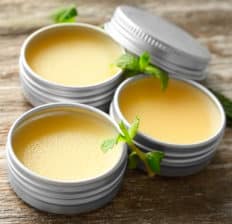
DIY Lip Balm Recipe
- Total Time: 20 min
- Yield: 5 lip balms 1x
Description
Rather than putting toxic chemicals onto your skin and mouth, try this homemade lip balm recipe with five perfect ingredients.
Ingredients
- 1 tablespoon beeswax
- 1 tablespoon coconut oil
- 2 tablespoons shea butter
- 7 drops lavender essential oil
- 7 drops peppermint essential oil
- lip balm containers or chapstick tubes (ideally made from metal or thick glass)
Instructions
- In a small pot over medium low heat melt beeswax, coconut oil and shea butter.
- Remove from heat and add lavender and peppermint oils. Whisk well to distribute oil throughout the mixture.
- Pour quickly into lip balm containers or chapstick tubes. Let cool on counter till hard.
- Prep Time: 3 min
- Cook Time: 3 min


